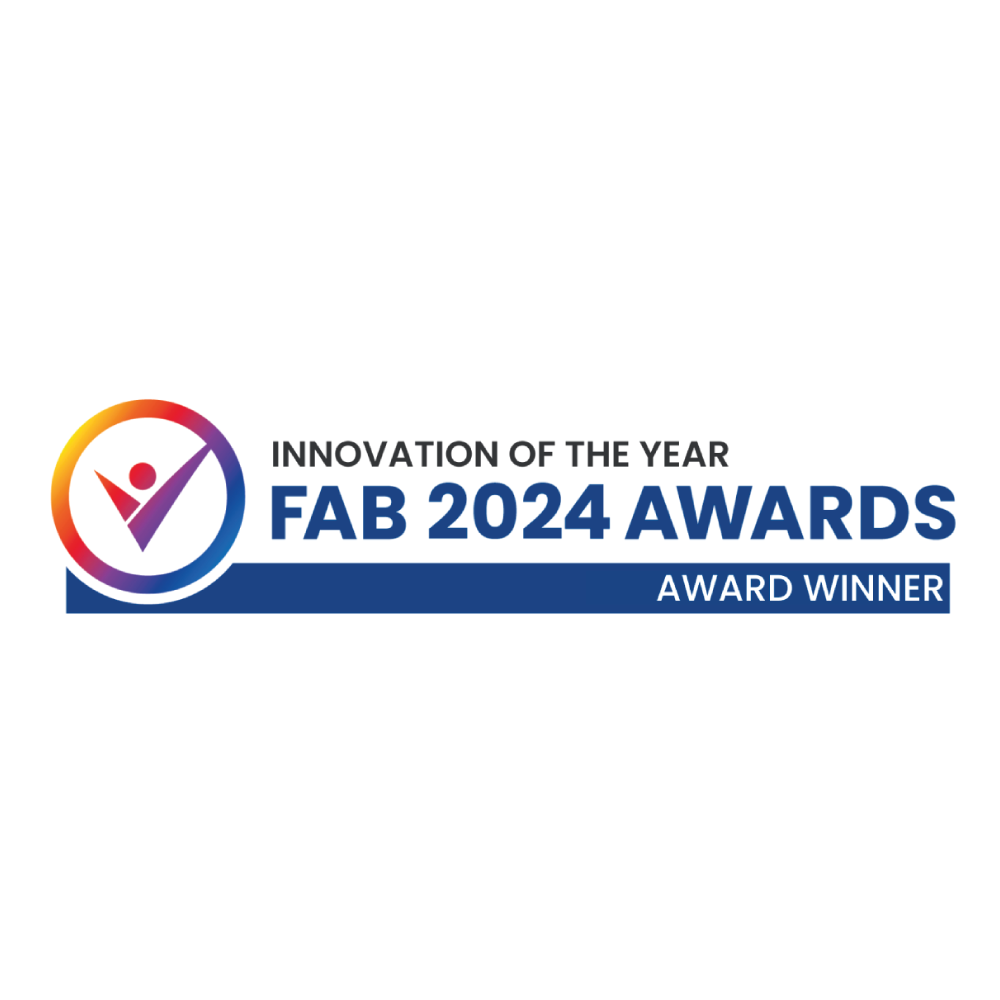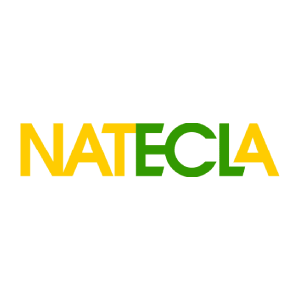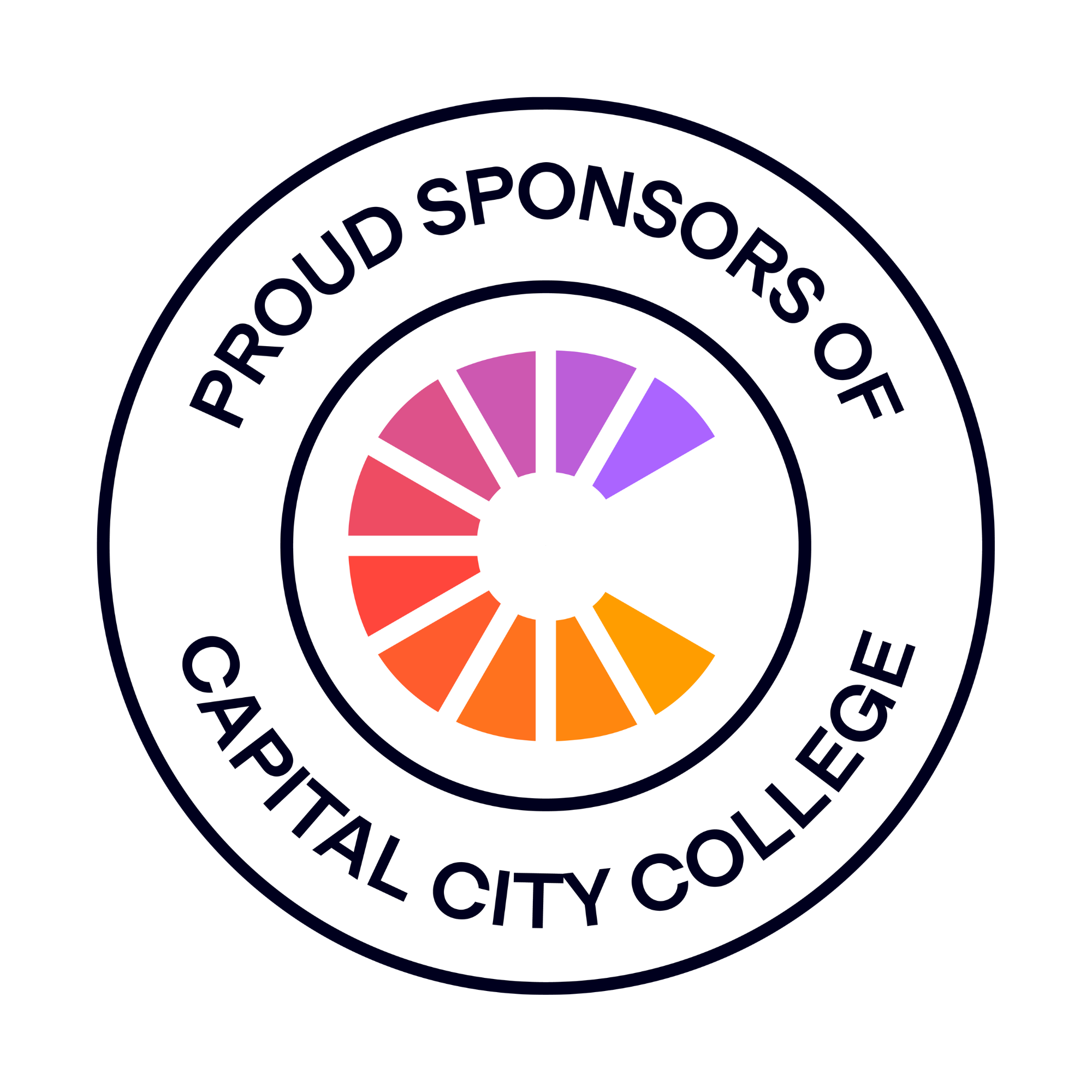Qualification Suite
Community Interpreting
Qualification Level
Level 2
Guided Learning Hours
130 Hours
Total Qualification Time
130 Hours
Regulation Number
601/6263/6
Ascentis Level 2 Certificate in Preparing for the Community Interpreting Role
Qualification Overview
This qualification enables learners who are speakers of other languages to develop the language and skills necessary to go on and train as community interpreters at Level 3 and higher levels.
As with the Level 1 Award in Understanding Community Interpreting, this qualification is not a training course to become an interpreter. Those wishing to carry out paid work are advised to undertake training at Level 3 or higher.
There are several features of this qualification that make it very appropriate for its target learners:
- It allows the learners to understand how to go about getting voluntary bilingual work and supports them in optional voluntary placements enabling them to gain experience prior to undertaking higher level study in Community Interpreting
- The learners will look more closely at some of the aspects of language and other skills which they will need in order to be successful on community interpreting training schemes.
- Learners will develop personal skills such as assertiveness and listening skills which will support their future study and work as community interpreters.
- There will be an opportunity to further develop awareness and knowledge about public services in the UK
- Unit certification is available for each of the units
- Verification and certification can be offered throughout the year, allowing maximum flexibility for centres
Aims
The aims of the qualification are to enable learners:
- To develop public service awareness and knowledge
- To develop language skills in preparation for training as community interpreters
- To develop listening and assertiveness skills in preparation for further community interpreting study and work
- To develop volunteering experience in the community
Target Group
This qualification is aimed at a range of learners, including:
- Those who wish to train in the future to become community interpreters. It is not necessary for learners to have completed the Level 1 Award in Understanding Community Interpreting but this could be a progression route for those who have. It is particularly suited to those who need to develop their language skills and their public service knowledge
- Those who already have some voluntary interpreting experience in the community, or would like to gain some for further training in community interpreting
- Those who wish to gain further qualifications to enable them to work towards becoming a registered Community Interpreter
Assessment Method
All units are internally assessed through the learner building up a portfolio of evidence that covers the relevant assessment criteria, internally assessed, and verified by the centre and then externally verified by Ascentis.
On completion of the learners’ evidence for either the individual units or the qualification, the assessor is required to complete the Summary Record of Achievement for each learner.
The Summary Record of Achievement asks assessors and the internal verifier to confirm that the rules of combination have been followed. This is particularly important in cases where a learner has taken units at different levels.
Centres are required to retain all evidence from all learners for external verification and for four weeks afterwards in case an appeal is made. The overall grading of this qualification is Pass or Fail.
Unit Breakdown
| Title | Level | Credit Value | GLH | Unit reference |
|---|---|---|---|---|
| Introduction to working as a Bilingual Volunteer | 2 | 3 | 30 | Y/507/2650 |
| English Language for Community Interpreters | 2 | 4 | 40 | H/507/2652 |
| Understanding Public Services in the UK | 2 | 3 | 30 | K/507/2653 |
| Assertiveness and Listening Skills for Community Interpreters | 2 | 3 | 30 | Y/507/2654 |
| Practical elements of working as a Bilingual Volunteer | 2 | 3 | 30 | D/507/2651 |
Funding
Use the button below to take you directly to the Find a Learning Aim website where you can find funding information about the qualification. Ensure the ‘Teaching Year’ drop down box is set to the relevant year.



















